Text by CLOT Magazine
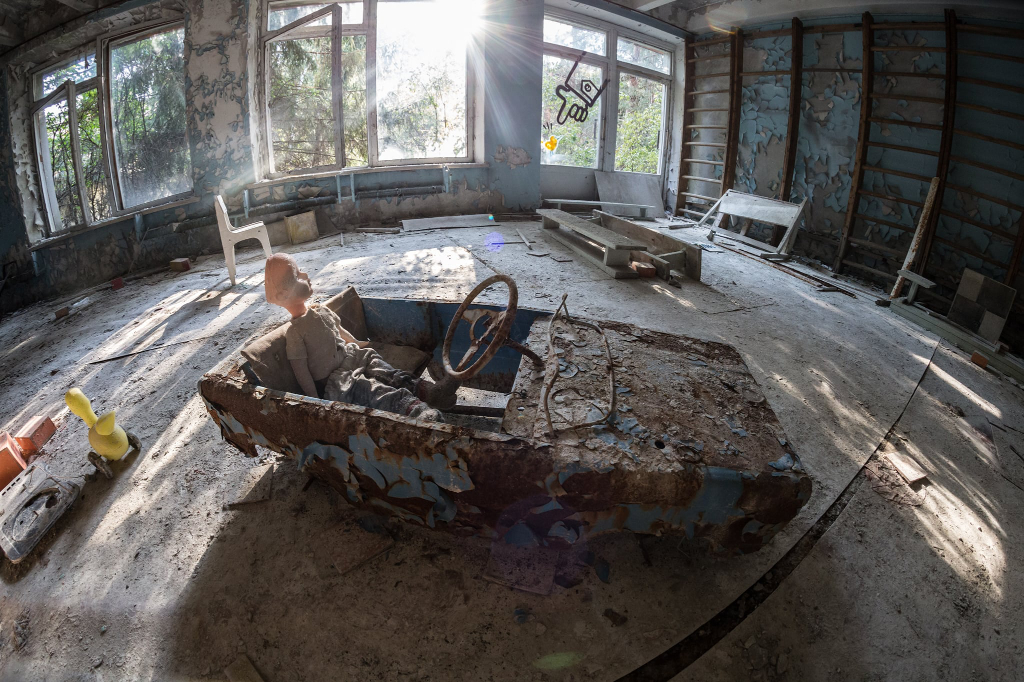
On October 6 to 10, 2021, liquidators, scientists, experts and representatives of public, state and cultural institutions of Ukraine, the USA, Canada, Finland, Germany, Great Britain, the Netherlands, France, Bulgaria, Slovenia and the Czech Republic met at the international Forum CHRNBL FORUM – an event dedicated to social, cultural impact and rethinking the Chornobyl tragedy today.
The purpose of the Forum was to launch an international communication platform to study the sustainability, environmental, social, informational, cultural, and economic problems that humanity may face to reduce the scale of their consequences in the future.
On the first day of the opening, the Forum hosted a series of discussions on culture and rethinking the cultural heritage of national traumatic events. Svitlana Korshunova, the Forum’s curator, co-founder of CHRNBL APP, HELP Chornobyl and ARTEFACT projects and Valeriy Korshunov, public activist, founder of the NGO “European Institute of Chornobyl”, known for the socio-cultural project Kyiv Whale, Zyavuko ARC opened the forum.
Other participants were Maria Tintul, an expert in building digital products and bringing them to international markets; liquidator of the Chornobyl accident of the 1st category Andriy Mizko who said that countries like Great Britain, Germany, Japan invited the liquidators as speakers to otherThis is because young people there know more about Chornobyl than ours. Even though this tragedy happened in our country and concerned us directly, Andriy Mizko said.
Speakers Valeriy Korshunov, Irina Kurhanskaya, Anna Korolevskaya, Natalia Velikanova, Anna Korolevskaya, Yuriy Lekh, and Milena Chorna participated in two exciting panel discussions: Rethinking the cultural heritage of national traumatic events and How to properly work out the negative and explain why such experience, knowledge and emotions after visiting the museum.
Museums are places that tell the truth. During fake news, this is very important. It is essential to be involved in the process, to feel what you see and study. Said researcher Natalia Velikanova.
Anna Korolevska spoke about the Experience of 30 years and challenges of the present at the National Museum of Chornobyl. The primary mission of our museum is to help humanity realise the importance of learning lessons from history – even from its most terrible pages. Thanks to the latest technologies and the Track Holodomor mobile application, Iryna Kurhanska shared her own experience of rethinking the Holodomor. We decided to tell the story of the city from the standpoint of the Holodomor. The idea was embodied and shown places that have a unique history and were decisive during this tragedy. She said.
Natalia Litovchenko, daughter of Ivan Litovchenko, a public activist, and Leonid Marushchak, a public activist and co-author of the DND, spoke about the importance of preserving mosaics as a cultural heritage. In particular – the works of Ivan Litovchenko in Pripyat. Unfortunately, some of the artist’s works began to deteriorate over time, under the influence of adverse weather conditions.
Oleksandra Skorvid joined the Forum online and told the audience about the Gulag.cz project. Our goal is to make the project accessible to all European countries. Thanks to augmented reality technologies, the project should become a holistic tool for getting acquainted with the Gulag camps. She said.
The forum’s second day was dedicated to culture, art, and the latest technologies covering historical events. Maria Tintul, Natalia Velikanova, Svitlana Korshunova, Valeriy Korshunov, Yuriy Lekh discussed modern technologies covering historical events.
Anna Oliynyk, from the Centre for Liberation Movement Studies projects, joined the Forum online and spoke about history, culture, and memory in the digital age. We have learned a lot about how other countries use art and digitalization to rethink traumatic experiences. She said.
Pavel Smetana spoke about the MUTAMORPHOSIS project, a project and conference that took place in 2007. The idea was to create a platform for communication on innovative ideas of the latest digital technologies and science on climate change, and mutations. It’s a kind of play on words that makes you think right away when you hear the name. Next, Svitlana Korshunova told about the project exhibition Chornobyl Artifact and CHRNBL and how it started.
On the third day of the CHRNBL Forum, the discussion focused on the unique possibilities of the Exclusion Zone and vectors of development of scientific projects and the development of radiobiology in the 21st century.
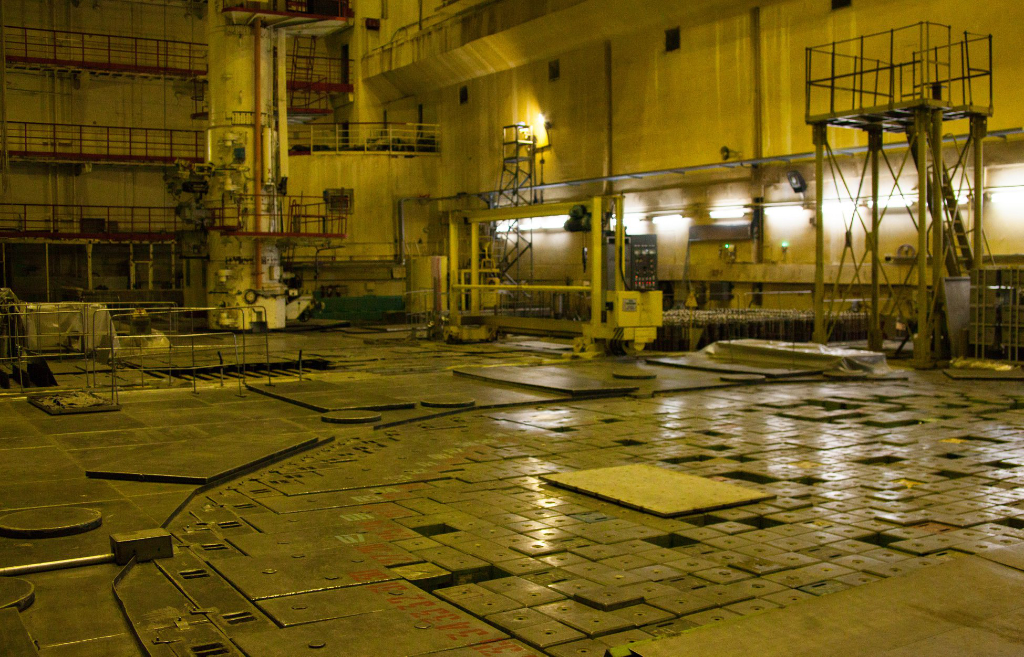
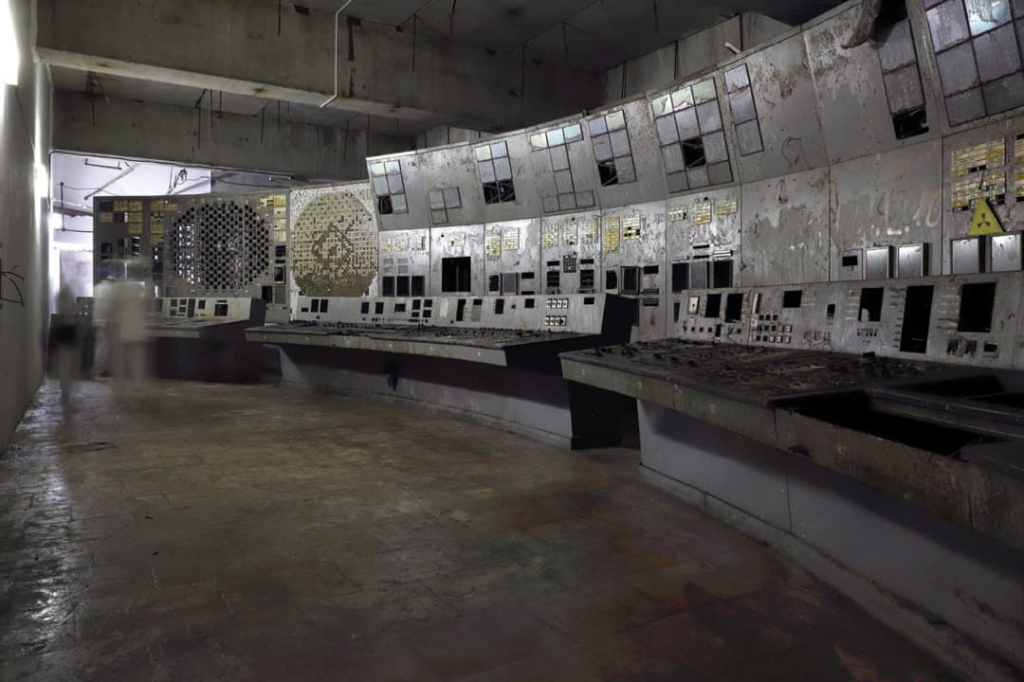
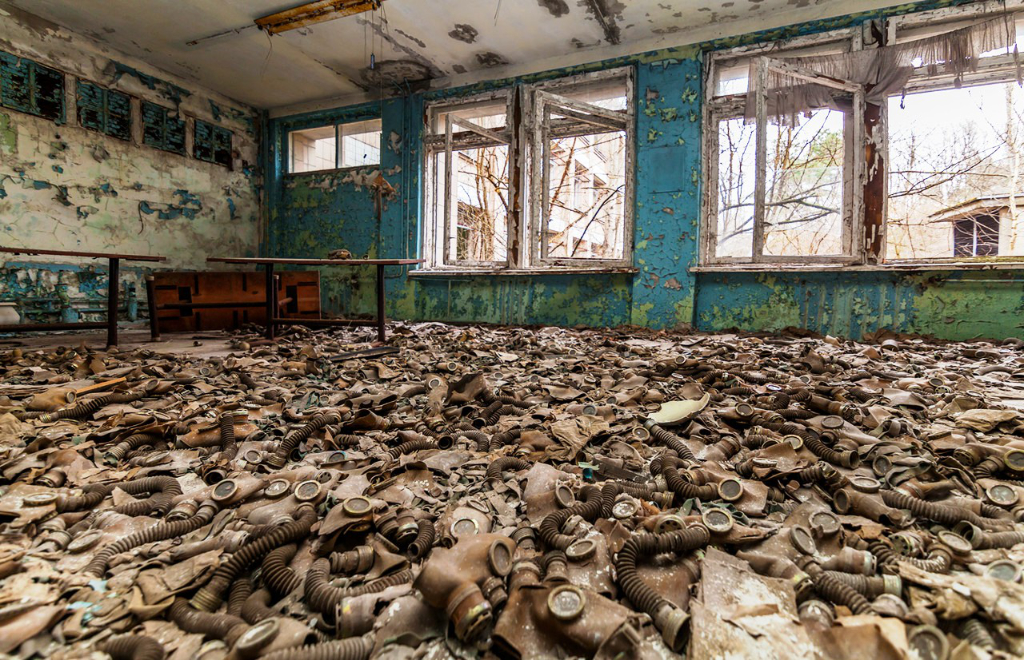
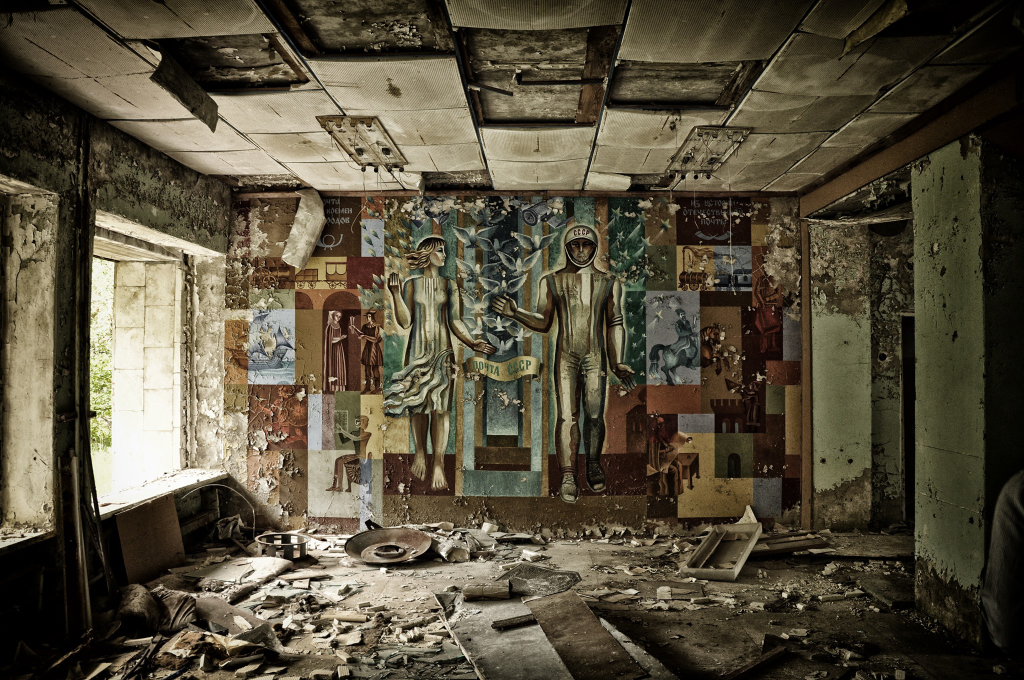
The moderator was Olena Parenyuk, Candidate of Sciences, Senior Research Fellow at the Institute for Nuclear Power Plant Safety. She was joined by Denis Vishnevsky, Chornobyl Radiation and Ecological Biosphere Reserve; Serhiy Paskevych, Candidate of Biological Sciences, Director of Research at the Institute of Nuclear Power Plant Safety Problems of the National Academy of Sciences of Ukraine; Kateryna Shavanova, Candidate of Biological Sciences, Chornobyl Insight; Mark Zheleznyak, Professor, IER, Fukushima University, Japan; Nakahiro Yasuda, RINE, University of Fukui, Japan.
The day opened with a discussion on Science in the Chornobyl Exclusion Zone: Research Inside and Outside the Sarcophagus. Science must respond to the challenges of industry and energy. But science must move forward, often lead. Said Kateryna Shavanova. How does the so-called” barrier function “of the sarcophagus work today? Does it perform its functions? Can we say that the protection is complete? Olena Parenyuk asked.
Professor Nakahiro Yasuda discussed the need for cooperation in social research to prepare for nuclear disasters. The professor also shared his views on the standard and distinctive features of the Chornobyl and Fukushima disasters.
Moving on in the conversation, many scientists note that the presence of humans changes the radiation background. And where there are no people – it does not happen. The Chornobyl Exclusion Zone is often portrayed either as a wildlife refuge or as an apocalyptic wasteland, representing current scientific controversy over the effects of the 1986 nuclear disaster on nature in the zone. Ukrainian photographer and artist Denis Kopylov showed animals “inscribed” in the Chornobyl landscape. An approach romanticises the exclusion zone.
On the fourth day of the Forum CHRNBL, the main topic for discussion was historical research in the post-truth era and the narrative of the consequences of the collapse of the USSR today, the Chernobyl information disaster and modern methods of propaganda and misinformation.
Moderated by Alyona Romaniuk, she presented her projects On the other side of the news, On the other side of Chernobyl, On the other side of the pandemic, and On the other side of Putin’s lie. To distinguish fakes from accurate information in today’s world are an essential skill as personal hygiene. She noted that the concept of information hygiene arose not for nothing. No matter how much a lie is called the truth, it will not become the truth. But that’s the way to make people believe in it – when lies are repeated many times and called facts – they start spreading it, referring to it as the source. Alyona noted.
Andriy Kohut spoke about the methods of work of the KGB officers: The reaction of the population is a cliché. No one interviewed the population. Instead, the KGB collected information through various channels – primarily tracking and rummaging through personal correspondence, diaries, and press track.
One of the conclusions was the thesis that ordinary residents of Kyiv should talk to foreign journalists, but KGB officers played these “roles”. The official position of the Soviet Union was spelt out and sent out everywhere, who, what and where could speak. Alyona asked How many documents related to Chernobyl are there in Russia? And will Russia go to destroy them?
Analyst and author of Digital Pandemic Michael Bociurkiw paralleled the Chernobyl disaster and the Covid-19 outbreak in China; the topic of Chernobyl for me began when the Kovid-19 pandemic began. In the book, I traced the parallels between the events at Chernobyl and how China responded to the pandemic. First of all, I would like to note that China was telling the truth. For the most part, materials are direct and honest coverage.
Fake stories are made according to similar clichés. Drawing such parallels, you notice that fake creators do not come up with anything new.
Investigating the fakes and drawing conclusions from them, I will say that this is a kind of game – the aggressor is coming, and to refute this, we have a tough time to “move” and manoeuvre. Concluded Oleksandr Gorokhovsky.






